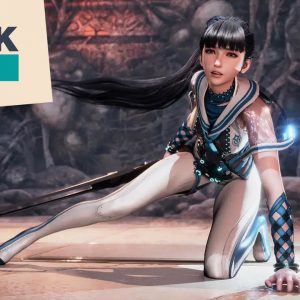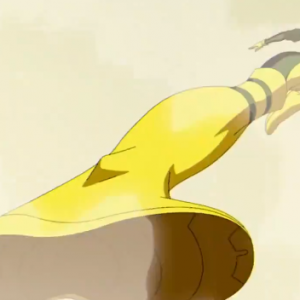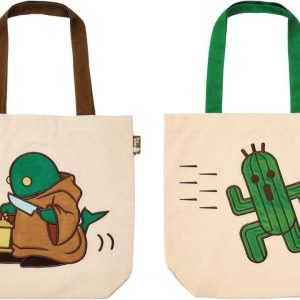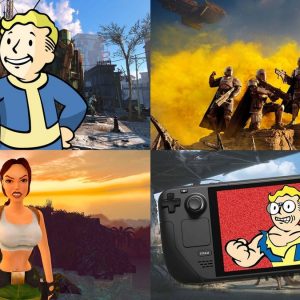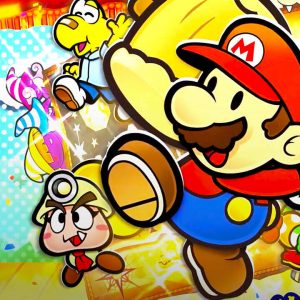Banjo-Kazooie is celebrating its 25-year anniversary today, June 29, 2023. Below, we look back at how it created the model for bad habits that would ultimately hurt the genre.
Perhaps only second to Super Mario 64 in the N64’s litany of excellent platformers, Banjo-Kazooie combines the wide-open levels of its genre’s 3D progenitor with a loveable cast of characters, a great art-style, and–perhaps most importantly–an even bigger variety of stuff to collect. Unfortunately, that’s also where the problems begin: Though Banjo-Kazooie found the perfect balance for the collect-a-thon formula, Rare’s later follow-ups failed to balance the scales. Those games would essentially kill one of the most popular genres of its era by growing too big and too tedious for its own good.
Rare has one of the best libraries of any game developer of the ’90s and ’00s, so it can be difficult to narrow down which ones are the best outright. That said, you could make an argument that Banjo-Kazooie represents the developer at the height of its powers, at least as far as 3D platformers go. (I’m throwing you a bone here, GoldenEye fans.)
Ranking The Best N64 Games
Please use a html5 video capable browser to watch videos.
This video has an invalid file format.
Sorry, but you can’t access this content!
Please enter your date of birth to view this video
By clicking ‘enter’, you agree to GameSpot’s
Terms of Use and Privacy Policy
Trying to narrow down the game’s best aspects is a tough choice; it’s even harder to find firm things to criticize. It features some of the most memorable levels in platform gaming history–like Spiral Mountain, Rusty Bucket Bay, and Click Clock Woods–great character writing, a fantastic variety of things to do, and focused mechanics that don’t get old by the time the credits roll. And unlike many platformers of its era, it doesn’t overload the experience with needless minigames and dull padding: two of the bugbears that eventually buried the genre.
Released two years after Super Mario 64 shocked the world, it was actually Banjo that crystalized many of the signature elements of the genre. For example, though SM64 features instanced collectibles like red coins and blue coins, those are traded for the only item that really matters, its famous Power Stars. In contrast, Banjo-Kazooie requires you to collect both musical notes and jigsaw pieces (Jiggies) to progress through Gruntilda’s Lair, as well as health upgrades, Mumbo tokens, move unlocks, and Jinjos (which are traded for Jiggies).
Of these items, the move unlocks and Mumbo’s transformations are the game’s two biggest innovations compared to its forebear. Both became stalwart aspects of 3D platformers of the late ’90s, from Spyro to Crash Bandicoot. Other games took the multi-character idea of the franchise–though Banjo and Kazooie are controlled by the player, they’re good at different things–and extrapolated that into more and more playable heroes, such as Sonic Adventure’s six-pronged campaign. (You can see this on a smaller scale in Crash Warped and Spyro: Year of the Dragon.) For my money, Super Mario Odyssey will always be the ne plus ultra of the collect-a-thon model, taking the concept so far that it almost feels pointless to make another one.
The overall design of these “collect-a-thons” can be compared to that of modern open-world games, albeit on a smaller scale. Each Banjo level places you in a potted world and asks you to explore it, mining it for all its goodies as you go. Certain parts of the middle levels are locked behind ability gates like the Fast Shoes, encouraging you to backtrack later in the game, though this is far from a true Metroidvania.
These examples are relatively sparse, and the compact size of the levels means that it doesn’t take much time to hightail it back wherever you need to go. Each world has a meticulous, designed feel that allows you to smoothly progress through the world, collecting Jiggy after Jiggy without distraction. Super Mario 64’s levels require some degree of exploration, but they’re mostly about figuring out how to conquer one discrete task–Banjo-Kazooie has more of a robber’s mindset, challenging you to strip every level to the ground piece by piece. Later Mario follow-ups like Super Mario Sunshine and the Galaxy series take this difference even further, focusing on pure platforming over navigation and puzzle-solving.
So, if Banjo-Kazooie managed to strike the perfect balance for the collect-a-thon genre, how exactly can the game be blamed for its untimely demise? The very nature of Banjo’s design is what ultimately sunk it. You don’t have to look far to find its obvious downsides. Consider its sequel: Though Banjo-Tooie is a great game in its own right, its bloated levels, increased volume of collectibles–remember Cheato Pages?–and especially its dozen-plus minigames complicate what was a well-portioned slice of gaming bliss.
There will always be those who prefer Tooie’s more sophisticated approach to the genre, some of whom may even argue that it represents its peak. However, anyone who feels that way about its contemporary Donkey Kong 64 may need to have their nostalgia gland removed. If Banjo-Tooie is a step too far, DK64 is a full hopscotch routine.
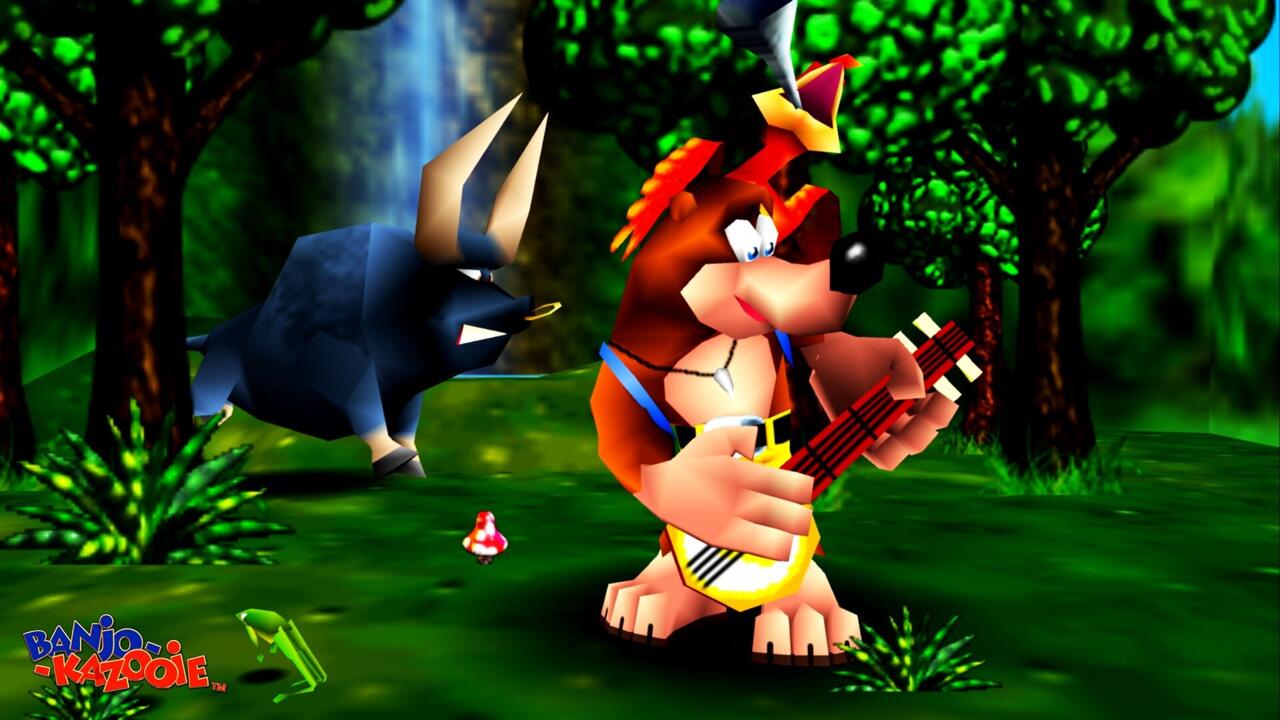
With five playable characters–each with their own sets of color-coded objects to collect–coins, bananas, and barrels, oh my–Rare’s 3D take on the iconic character is essentially a game-long exercise in busywork. The fact that it makes you finish the original Donkey Kong in a single life just to reach the final boss seems an outright insult to its elementary-aged playerbase.
Big-budget video games have always been obsessed with scale and novelty, which are two traits that collect-a-thons were doomed to struggle with. Given the pressure that sequels bring, it was almost inevitable that even well-made examples from a great studio like Rare would grow too big, too unwieldy, too boring. With all that said, the genre’s death doesn’t take away from Banjo-Kazooie’s status as one of the N64’s best games, and a great example of a style of platformer that doesn’t get made much anymore. But when you play it in 2023, it’s not hard to see why its model flamed out within a decade.
The products discussed here were independently chosen by our editors.
GameSpot may get a share of the revenue if you buy anything featured on our site.

